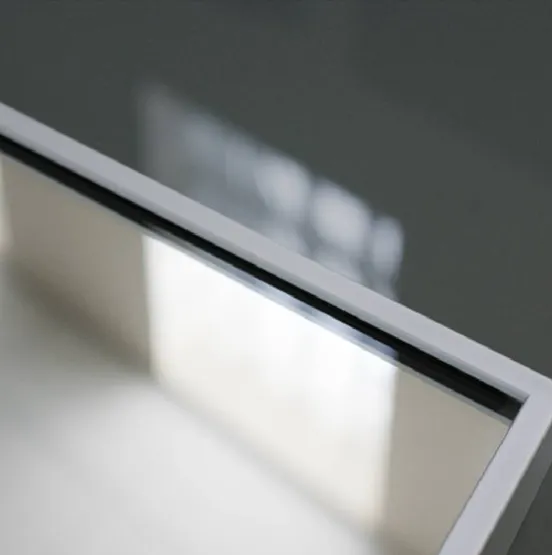Sliding window reflective glass has revolutionized both residential and commercial architecture, offering a blend of functionality and aesthetic appeal that is unparalleled. This type of glass, known for its ability to reflect light and reduce glare, is increasingly becoming a staple in modern design due to its numerous benefits. As an industry expert with years of experience in architectural design and material science, I've had the opportunity to witness firsthand how sliding window reflective glass transforms spaces while addressing specific environmental and design challenges.

Reflective glass is not a new concept, yet its application in sliding windows is relatively recent and deserves a closer examination. This glass is coated with a special metallic or ceramic layer that reflects a significant portion of visible light and infrared energy. As a result, it effectively moderates the interior climate, minimizing the need for artificial climate control and substantially reducing energy bills. This characteristic makes it an indispensable component for eco-friendly building initiatives seeking LEED certification or similar recognitions.
In residential spaces, sliding window reflective glass offers homeowners the dual benefits of privacy and aesthetic harmony with the surroundings. The glass acts as a one-way mirror, preserving privacy by preventing prying eyes from seeing inside during the day while allowing those inside to enjoy unobstructed views of the outdoors. Additionally, by reflecting sunlight, the glass helps reduce heat buildup inside the home while protecting furniture and floors from fading due to UV exposure.

Commercial buildings benefit even more profoundly from sliding window reflective glass. Skyscrapers and office complexes, typically inundated with direct sunlight, suffer from glare and overheating issues that affect occupant comfort and productivity. Reflective glass technology alleviates these problems by providing a more uniform light distribution and cutting down glare significantly. This not only creates a more pleasant working environment but can also lead to substantial cost savings on energy bills as less air conditioning is required to cool the space.
From a craftsmanship perspective, installing sliding window reflective glass requires precision and understanding of both the material and structural dynamics of buildings. Professional installation is crucial to ensure that the reflective coating remains intact and that the windows operate smoothly. The installation process can be complex, involving precise measurements and careful handling to avoid damaging the reflective layer, making expert craftsmanship essential.
sliding window reflective glass
Reflective glass also contributes significantly to the aesthetic value of a building. The sleek, modern look it provides can transform the appearance of any structure, enhancing its appeal and value. Architects and designers appreciate its versatility, as it can be incorporated into various styles, from ultra-modern minimalism to more traditional designs needing a contemporary twist. Furthermore, the reflective properties can be used creatively to improve urban landscapes by reflecting nearby greenery or artwork, integrating the building seamlessly with its environment.
There are, however,
considerations to be made when choosing reflective glass for sliding windows. While it offers many advantages, it is essential to consult with professionals who understand local building codes and environmental considerations. For example, in areas with a high bird population, reflective glass can pose a hazard to wildlife as birds often cannot distinguish reflections and may fly into the glass. Solutions such as incorporating patterns into the glass or using specially designed bird-safe coatings can mitigate this issue.
In terms of maintenance, sliding window reflective glass is relatively easy to care for. Regular cleaning with non-abrasive solutions helps maintain its reflective properties and appearance. Advances in coating technology have also led to the development of scratch-resistant and self-cleaning variants, making the upkeep even simpler and extending the glass's lifespan.
In conclusion, sliding window reflective glass is a testament to how technology and design can merge to produce building materials that are both beautiful and functional. Its growing popularity can be attributed to its energy efficiency, aesthetic appeal, and the unique way it enhances privacy while maintaining views. As with any building material, working with knowledgeable professionals ensures that you can maximize its benefits, contributing to sustainable and visually stunning architectural projects.



